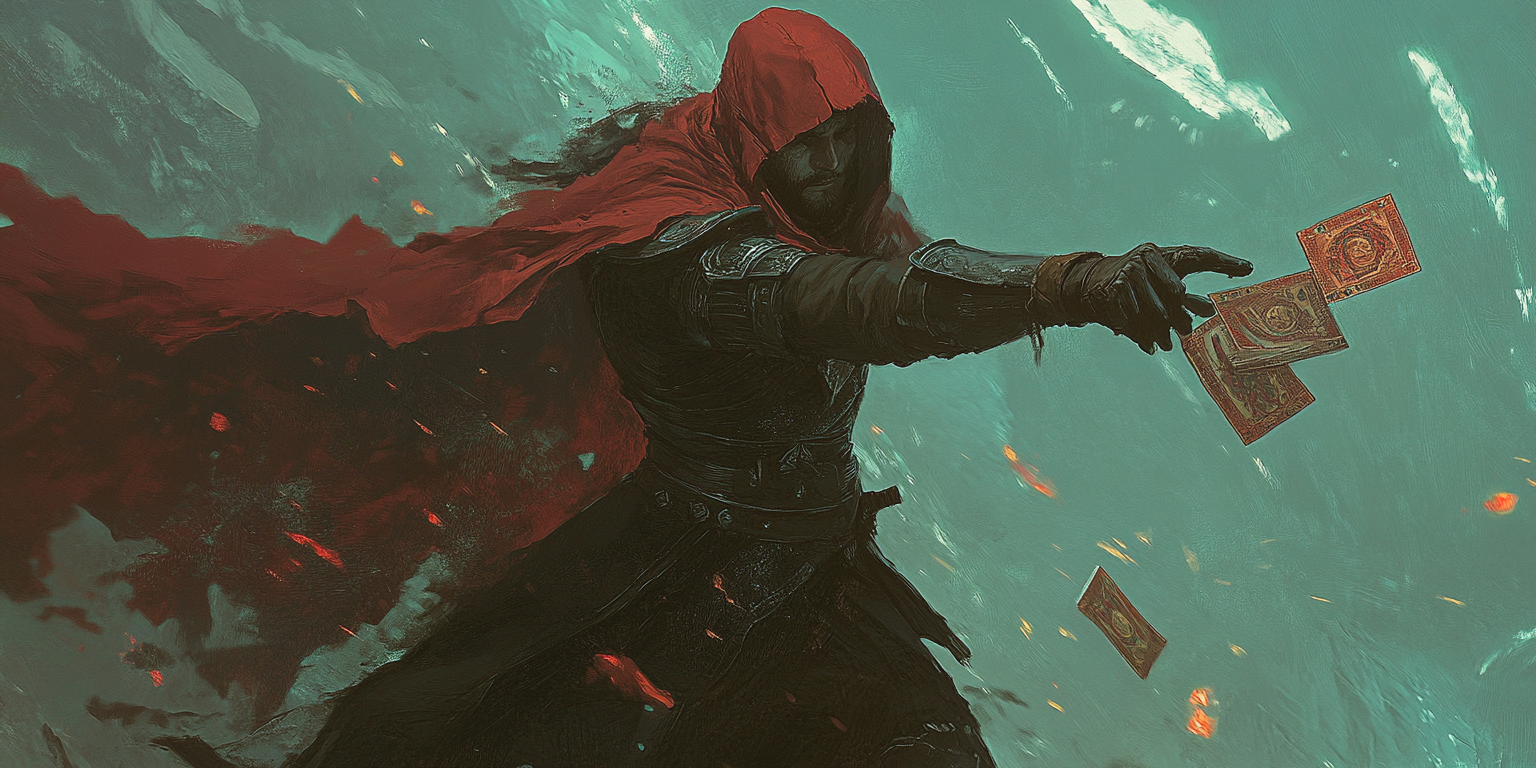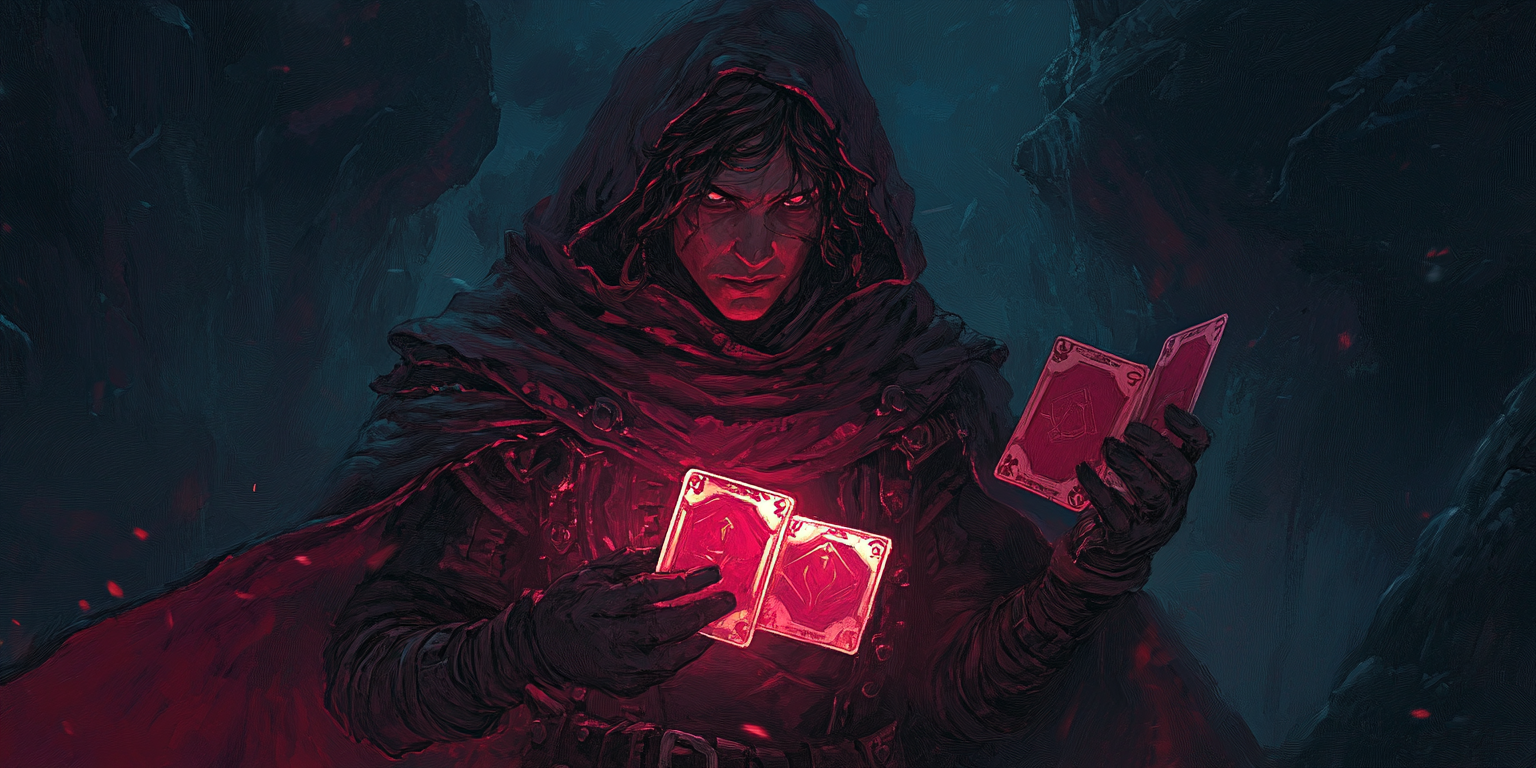So, you finally decided to sleeve up your deck. Good job! You’ve taken the first step toward protecting your cards from greasy fingers, shuffle scuffs, and that one friend who bends every card like they’re trying to snap a glowstick.
But here’s the thing—not all sleeves are created equal. And if you mess up your choice, your cards could end up more damaged than if you’d left them unsleeved.
Let’s break down the top five biggest mistakes players make when picking sleeves, so you don’t end up rage-buying another pack after a game night disaster.
Buying the Cheapest Sleeves Possible
Ah, yes. The “Why spend $10 when I can get 100 sleeves for $3?” mindset.
Here’s the deal: cheap sleeves are cheap for a reason.
✅ They tear faster than wet tissue paper.
✅ They shuffle like a brick wall.
✅ They feel like they were made from recycled grocery bags.
You wouldn’t put premium Kobe beef on a soggy paper plate, so why throw your valuable cards into sleeves that disintegrate on sight?
What to do instead: Spend a little extra for sleeves that won’t betray you after two rounds of play. Your deck (and your sanity) will thank you.
Ignoring the Finish
Some players pick sleeves based purely on color, and then—BAM!—they find out their cards now shuffle like a greased-up water slide or, even worse, stick together like they swore a blood oath.
- Matte sleeves = Less glare, better grip, smooth shuffling.
- Glossy sleeves = Foils look amazing but shuffle like they were buttered up for a Slip ‘N Slide contest.
What to do instead: If you play competitively, go matte. If you’re a collector showing off your foils, go glossy. If you like suffering, go random.
Not Checking the Sleeve Fit
Nothing’s worse than realizing your sleeves are either too tight or too loose—except maybe stepping on a plug, turned on... and wet.
Too tight? Say goodbye to your card edges as you force them in.
Too loose? Enjoy the surprise shuffle spills as your deck scatters across the floor.
What to do instead: Check the damn sizing! Most standard cards (MTG, Pokémon) use 66x91mm sleeves, while Japanese-sized cards (Yu-Gi-Oh!) need smaller sleeves. Don’t just guess.
Ignoring Durability
“Oh, these sleeves seem fine.” Famous last words.
Ever seen a sleeve split mid-game, leaving your card exposed to the elements like a lost civilization?
Ever shuffled your deck and watched a sleeve edge fold over like a sad tortilla?
Ever had to replace your entire set of sleeves because they wore out in a week?
Yeah. Not fun.
What to do instead: Get durable sleeves that can handle actual gameplay. Phantom Guard’s Wraith Ward Sleeves? Built to last. Cheap random brand sleeves? Enjoy peeling them off your cards after a few shuffles.
Forgetting About Double-Sleeving
“Oh, my cards are already sleeved, they’ll be fine.”
🎶 Let me tell you a sad story about a spilled drink at a tournament. 🎶
One rogue soda. One unsleeved inner layer. One soaked deck that used to be worth hundreds of dollars.
If your cards have ANY value whatsoever, double-sleeve them.
✅ Inner Sleeves (Perfect Fit) = Blocks dust, moisture, and scratches.
✅ Outer Sleeves = Prevents impact damage, makes shuffling smoother.
What to do instead: Don’t wait for disaster. Double-sleeve before disaster happens.
Don’t Let Sleeves Ruin Your Deck
Choosing the right sleeves is just as important as choosing the right deck.
✅ Buy quality sleeves.
✅ Pick the right finish.
✅ Get the right size.
✅ Don’t skimp on durability.
✅ Double-sleeve like a responsible adult.
Or, ignore this advice and watch your sleeves fail mid-game like a tragic anime betrayal. Your call.




